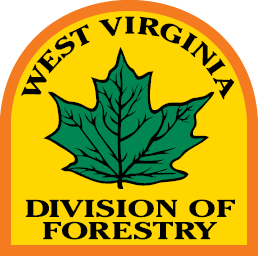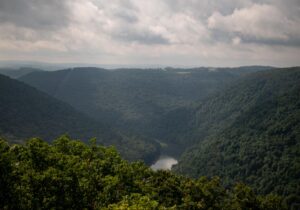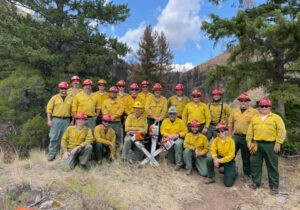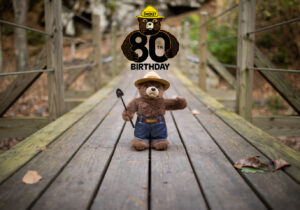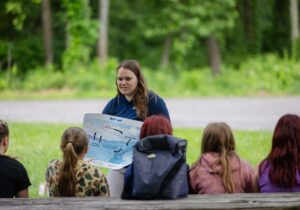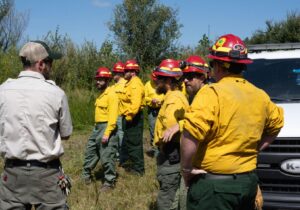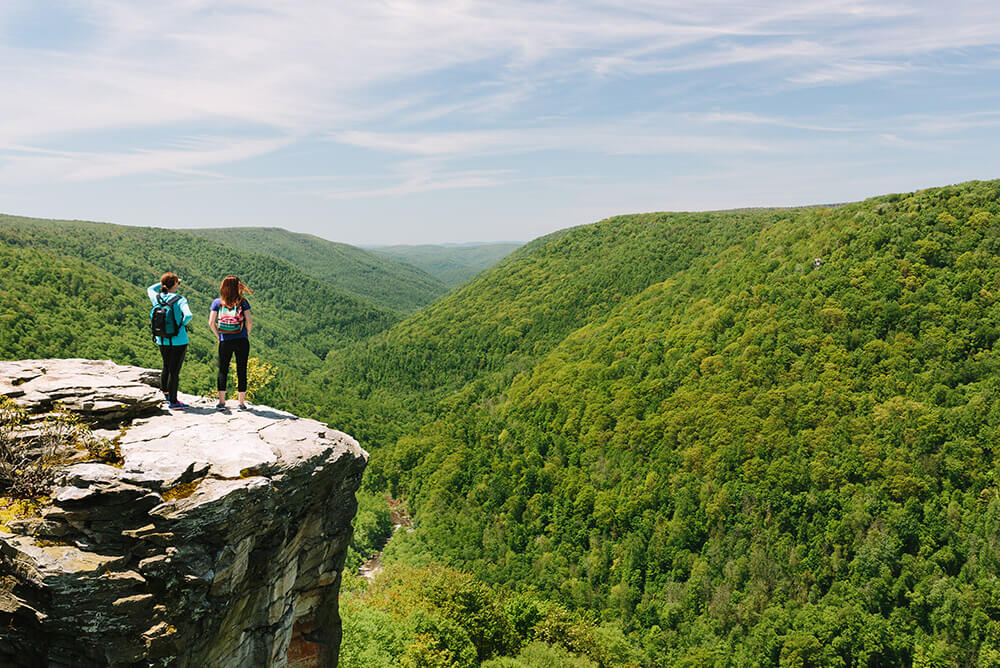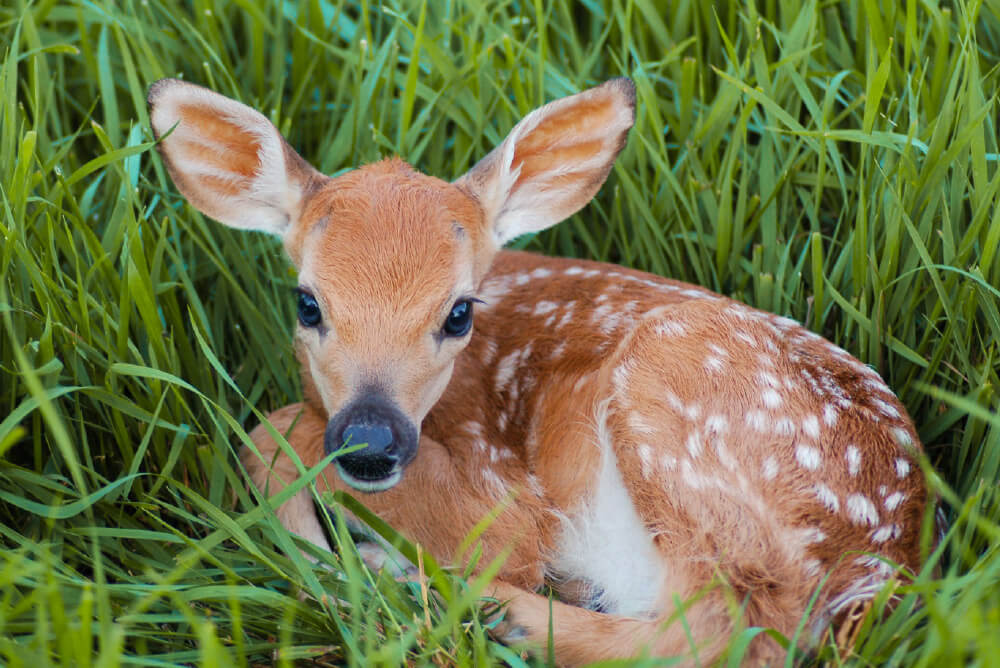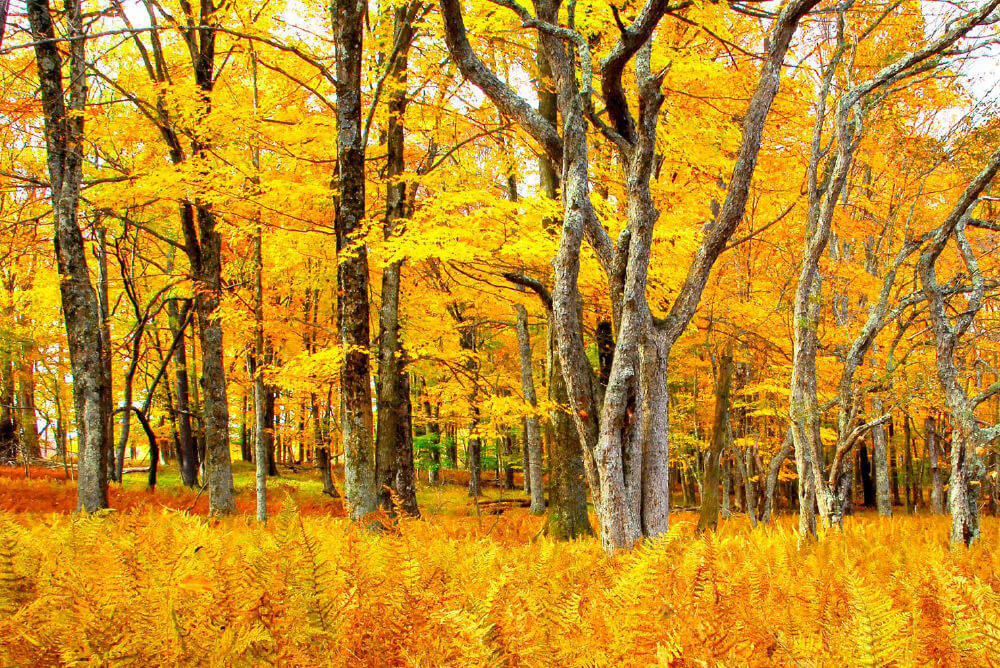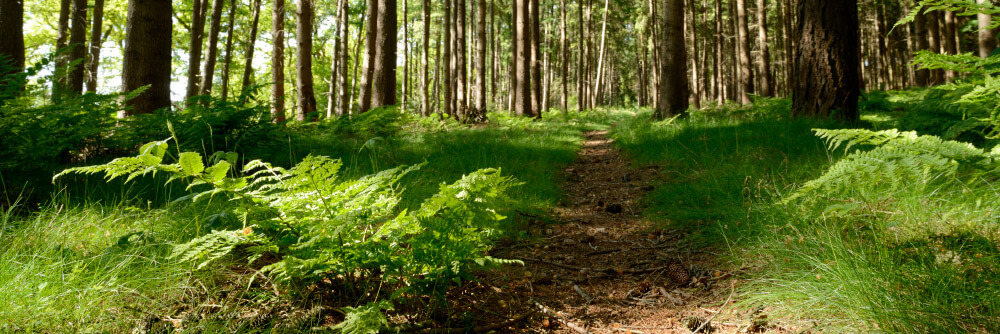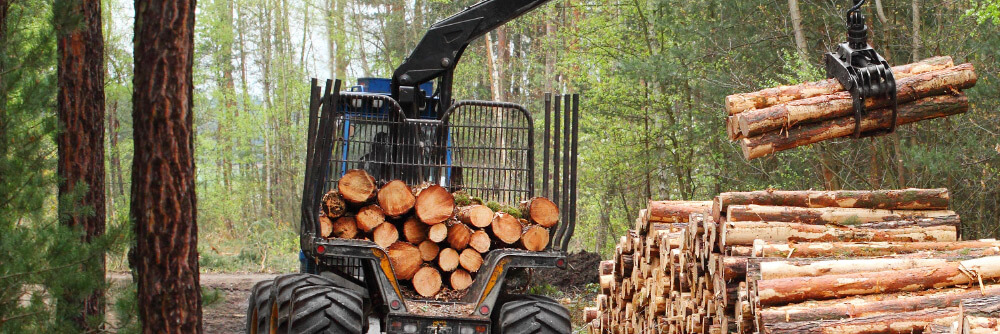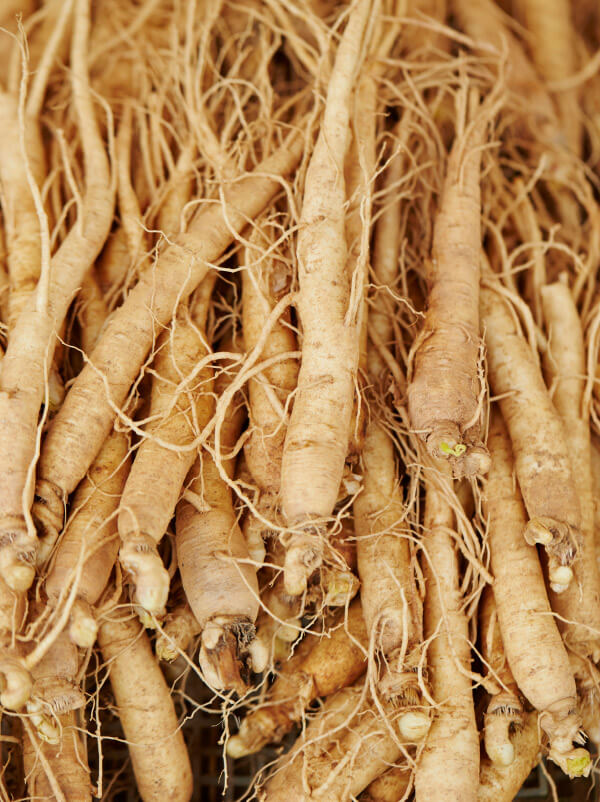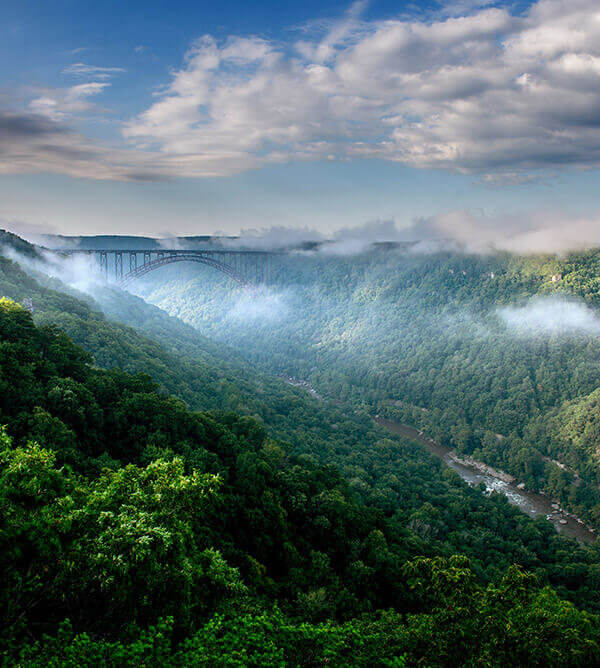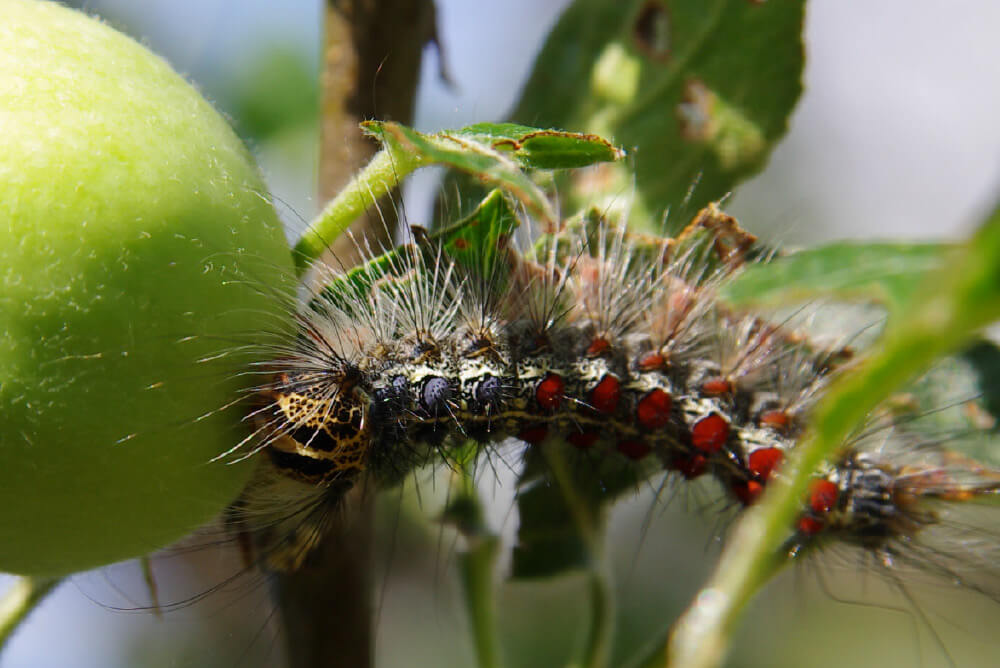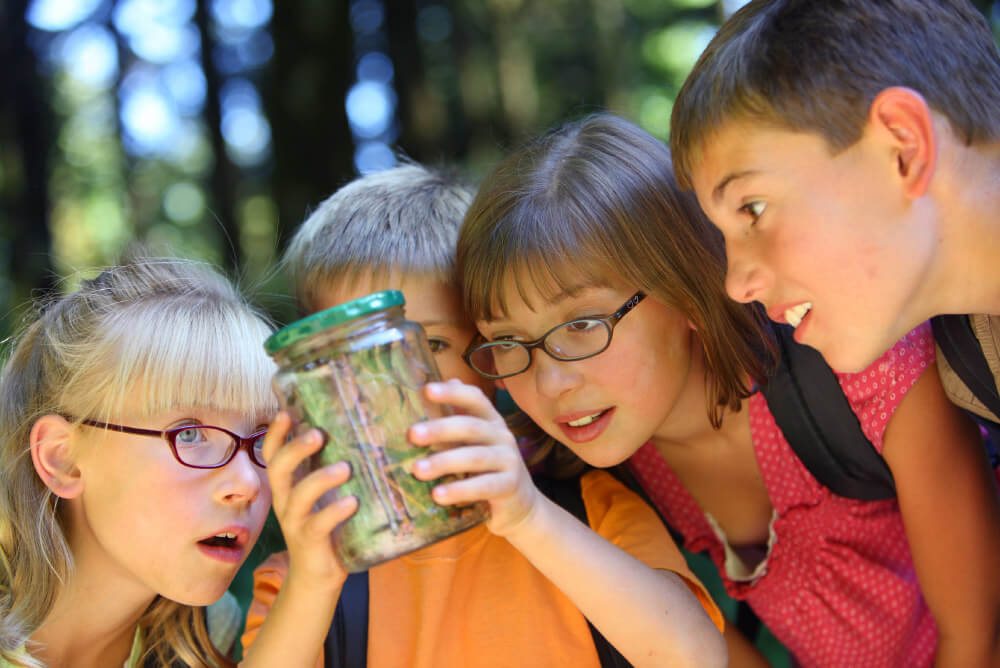Rosey Santerre: Why I became a state forester in West Virginia
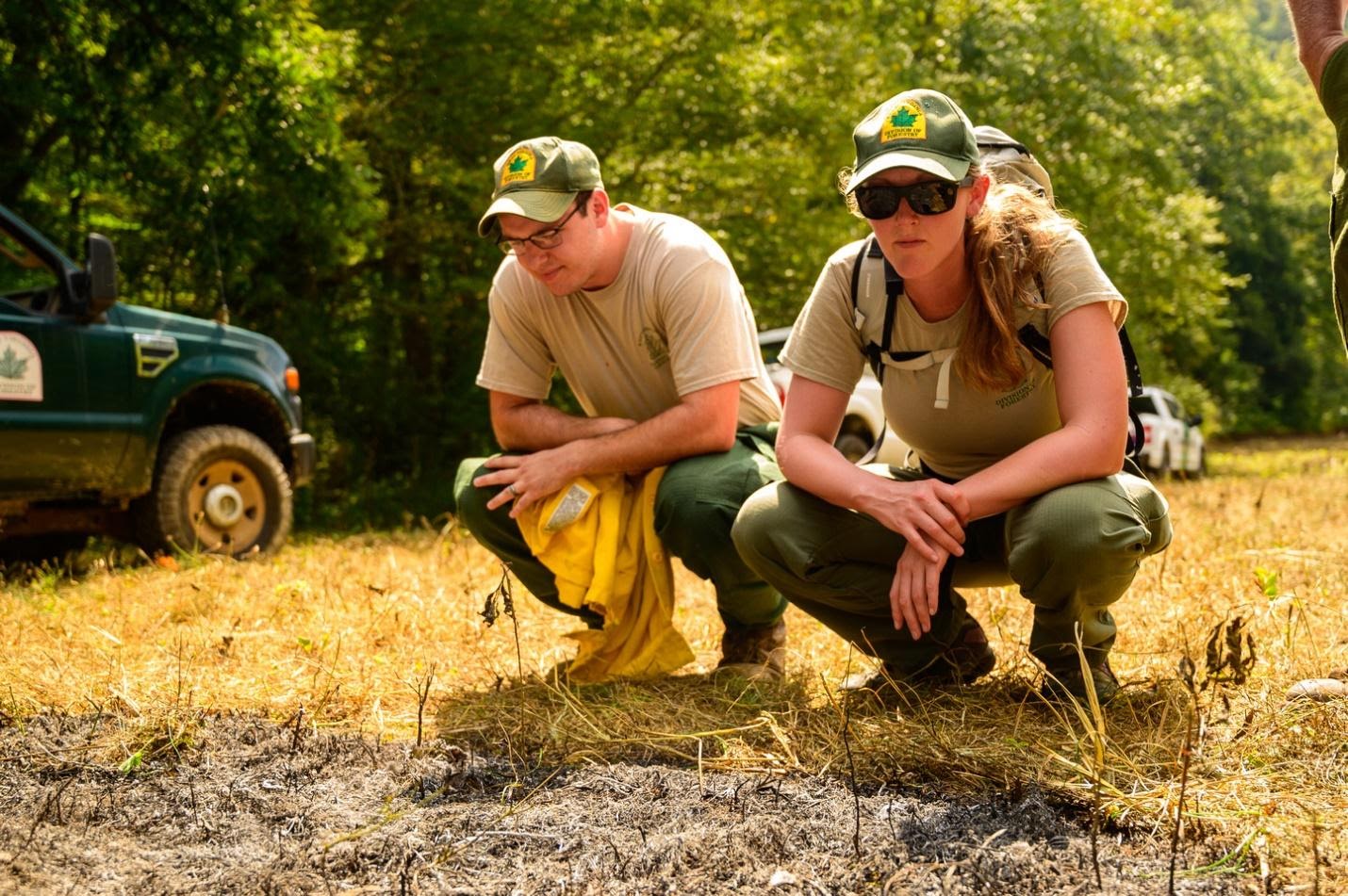
Rosey Santerre (right) and Hampshire County Service Forester Dylan Kesner (left) attending investigative fire training.
Rosey Santerres favorite workplace is a forested tract of land under a blue sky. As a Pendleton County service forester with the West Virginia Division of Forestry, she balances a mix of outdoor fieldwork including logging inspections, forest fire control and forest management.
Santerre is also one of only two female state foresters in West Virginia, a distinction she shares with Linda Carnell, assistant state forester in education and communication. Female foresters are still relatively rare in state and national forest services. The U.S. Forest Service hired the first female forester, Margaret Stoughton Abell, in 1905.
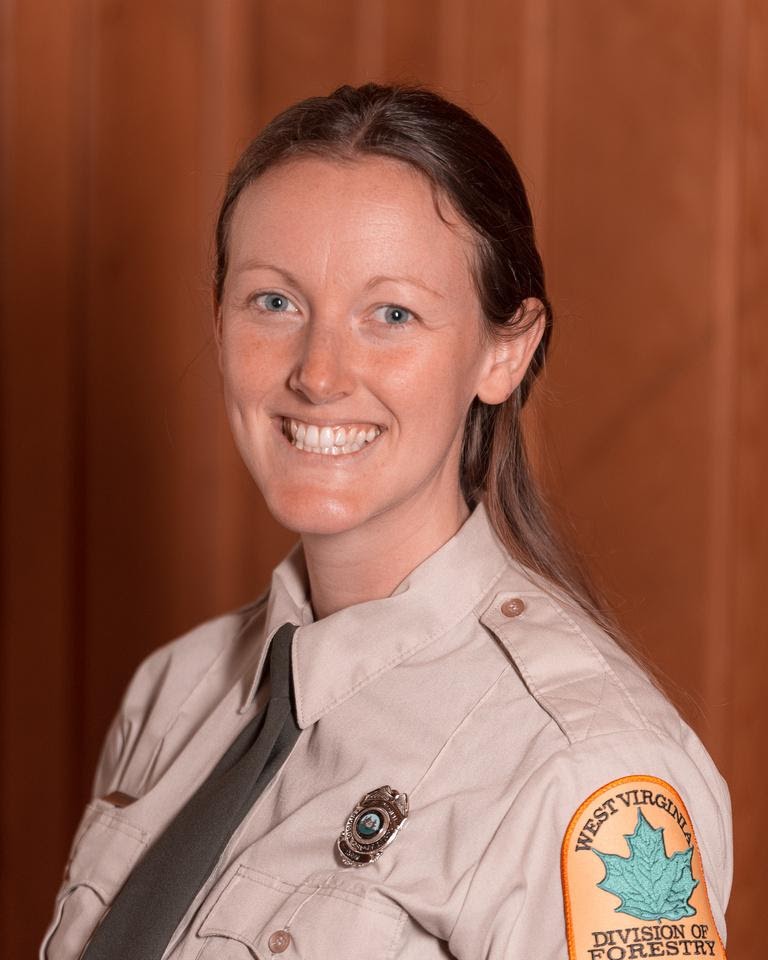
Rosey Santerre
What foresters do
What are the differences between national foresters, service foresters and park rangers?
Some are directly managing forestry activities such as logging, invasive species control, road construction, tree planting, and related duties on public lands, said Santerre. Service foresters like me are different because we work primarily on private lands. Im also trained as a Forestry Special Natural Resources Police Officer.
A park rangers job often involves a combination of law officer, environmental expert and historian.
The term park ranger usually refers to a law enforcement type officer who works on public land, such as state and national parks and forests, she said. Ive also been confused with the game warden, who enforce fish and game, and other laws on public and private land.
As a state service forester, Santerres duties fall into three basic categories:
- Forest fire control. Includes forest fire suppression, prevention, cause investigation and law enforcement, as well as training and coordination with the states volunteer fire departments. The foresters are on call 24/7 for wildfire control.
- Landowner assistance. Involves helping landowners with state and federal cost share programs; Managed Timberland tax program; forest management assistance; and insect, plant pest and disease identification and control.
- Logging Sediment Control Act (LSCA) compliance. Requires training loggers, investigating and enforcement of complaints and inspecting logging operations to ensure they meet best management practices.
The West Virginia Division of Forestry launched an Unmanned Aerial Vehicles (UAV) program to improve LSCA inspection efficiency. Santerre qualified for a remote pilot certificate through the Federal Aviation Administration and operates a DJI Mavic Pro. The drones have proven to be time-saving and effective tools for logging inspections, scouting forest fires and landowner assistance work.
I love the variety of my job. I am always meeting new landowners and seeing new places, she said. I enjoy the problem-solving and teamwork that different parts of my job require. Landowners that I work with often comment that they had to take a vacation day to come look at their woods with me. I feel lucky that Im getting paid to do a job that others take time off work to do!
Early love of the outdoors opened career doors
Santerre was born in New Paltz, New York. Just 90 miles from New York City, this historic town in the Hudson Valley is surrounded by hiking paths, biking trails and world class rock climbing. In high school, she was not inclined to spend her senior year cooped up in a classroom, whether vocational or academic.
I was very lucky in high school to have the opportunity to spend a large chuck of my senior year in a program called Independent Career Exploration. The program was offered to self-motivated students who werent interested in traditional career/college paths or the programs at the technical school, she said. I was able to build my own curriculum around my interest in the outdoors.
She sailed on a boat on the Hudson River, volunteering to teach environmental science education. She spent 10 days in the Canadian wilderness, winter camping, cross country skiing and dog sledding. She served two internships: one with the Nature Conservancy and another with the New York State Parks doing invasive species management.
That led to her enrolling in Paul Smiths College in the Adirondacks to study forestry and earn a degree in industrial forest operations.
Paul Smiths College prides itself in teaching through experience. As I am a tactile learner, it was a perfect fit for me, Santerre said. We cruised tracts of land, then created and implemented forest management plans on the colleges property. We then logged according to the management prescription using both traditional mechanized equipment and a horse team. Then we processed the wood on both a circular saw and a band sawmill. We got to see the whole process from start to finish, which helped put in perspective what our role would be in the future entering the workforce as foresters.
After graduating from Paul Smiths College in 2010, Santerre moved to West Virginia to work for The Mountain Institute on Spruce Knob (now known as Experience Learning). There she led backpacking, river and environmental education trips for youth. She thought that this would be the first of many seasonal jobs that would lead to adventures around the country. Instead, she fell in love with Potomac Highland West Virginia and has made her home here.
She joined the West Virginia Division of Forestry in 2016.
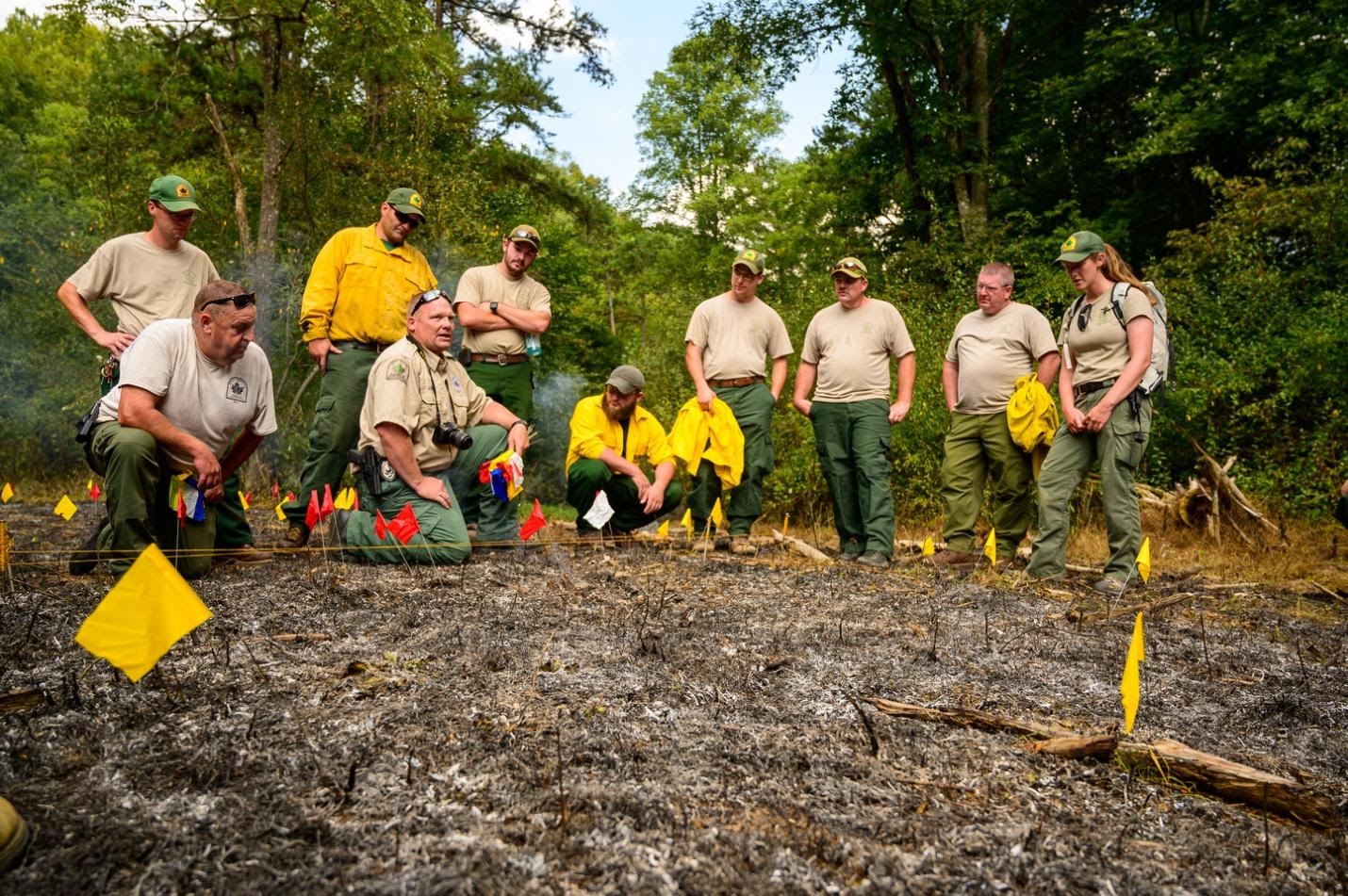
WV Division of Forestry state foresters, including Rosey Santerre, attending investigative fire training.
Barb Breshock was a female state forester who was also working when I was hired with the state Division of Forestry, Santerre said. She was hired in 1979, the first female hired as a professional forester in West Virginia. There were a few technicians who worked as aides and rangers before her. Back then you needed a 4-year degree in forestry to have a forester position. Barb retired in 2018 and was the first woman with a complete career in the agency. I am grateful to have met Barb and feel lucky to be able to continue to work with her after her retirement.
Breshock launched the West Virginia edition of the Women Owning Woodlands (WOW) program. A collaborative network of groups in multiple states, WOW teaches women to manage and care for their woodlands. The WOW program equips women landowners with the tools and resources to make informed choices about their woodlands. A national survey reports that women are the sole owners of 7% of the family forest ownerships in the eastern U.S. and co-owners with another 50%.
I became involved with WOW in 2018 when it was started in West Virginia by Barb and Amy Cimarolli, a West Virginia Land Trust and private consulting forester. Santerre said. We had a three-day retreat at Watoga State Park where 20 women landowners got the opportunity to talk and see forestry with a variety of foresters and wildlife biologists.
Santerres education and experience have affected her views about woodlands.
I now believe we cant consider ecology without thinking about humans as part of the system, she said. I believe good forestry can have long-lasting positive impacts to the ecology and to the economy. Through good forestry, we can manage our woods to provide a plethora of benefits including wood fiber, wildlife habitat, clean cold water and carbon sequestration to name a few. Timber is a sustainable, renewable resource when managed properly. There are places that should be preserved, like rare, threatened and endangered species habitat or old growth or special recreational areas. Foresters and environmentalists have more in common than I would have imagined at the beginning of my journey. I think one of the tasks of my generation of foresters is to build bridges between the two groups so that we can work toward common goals.
